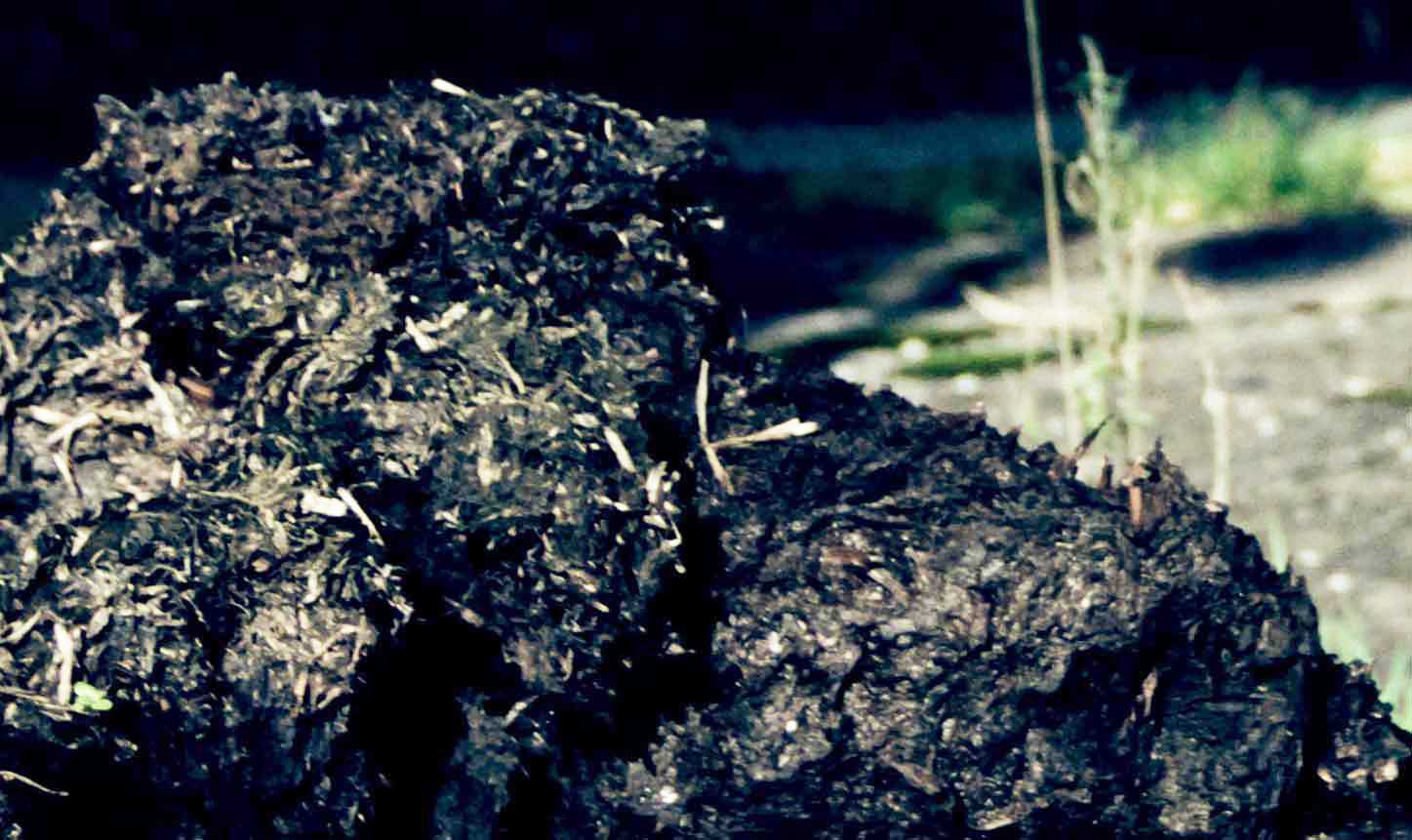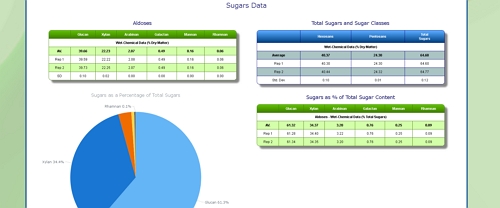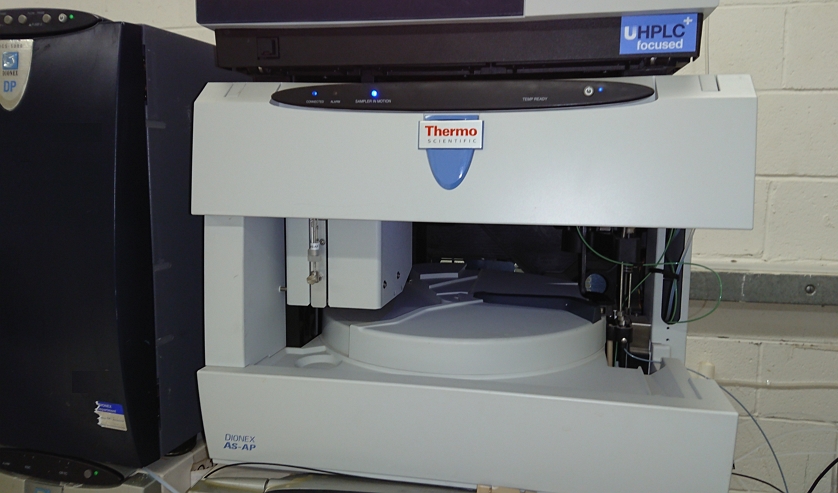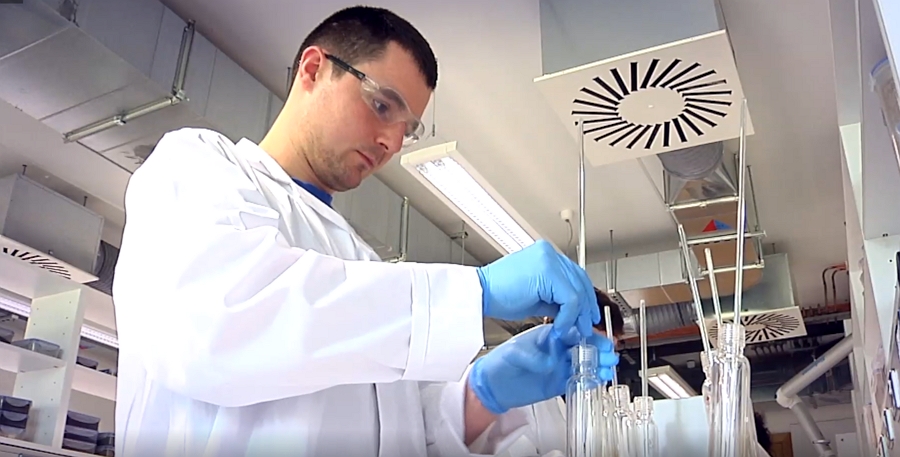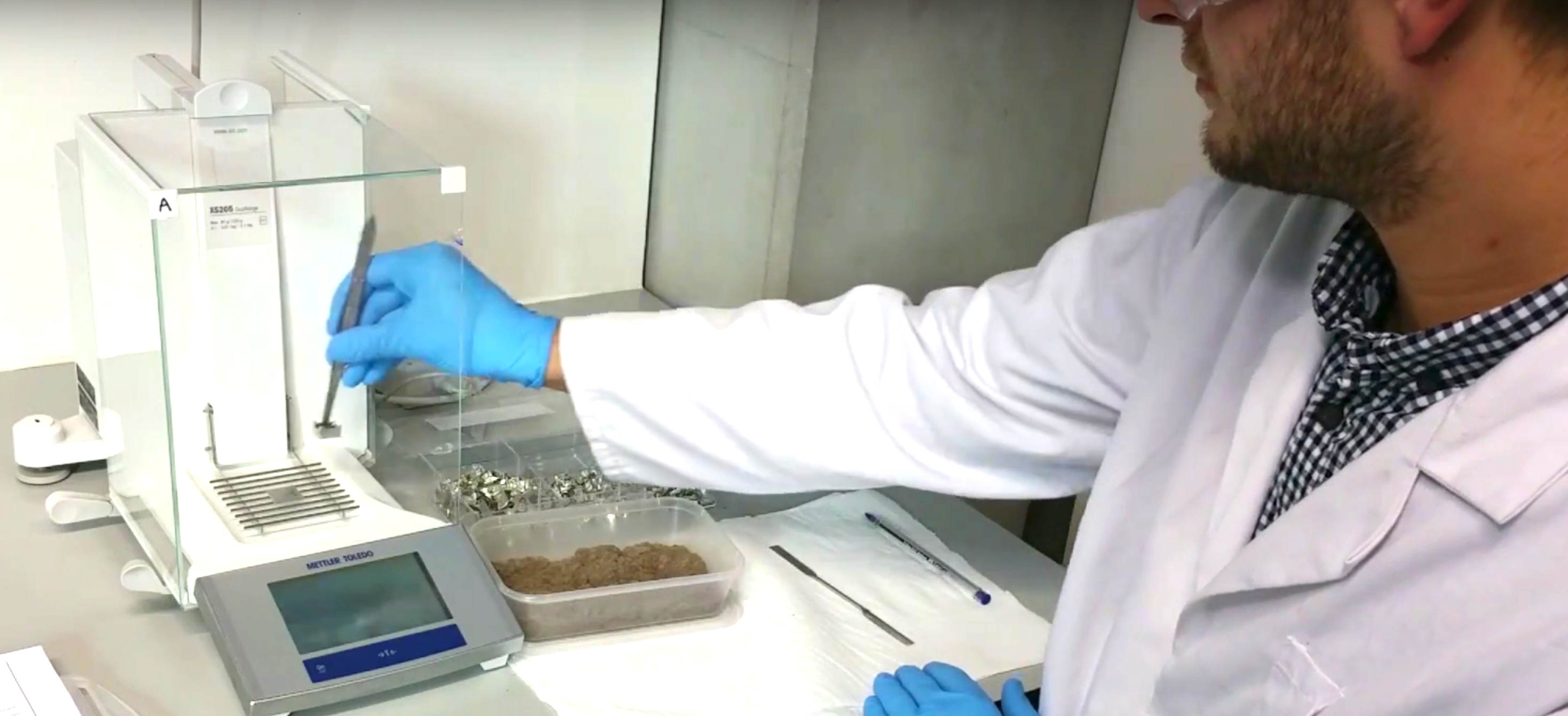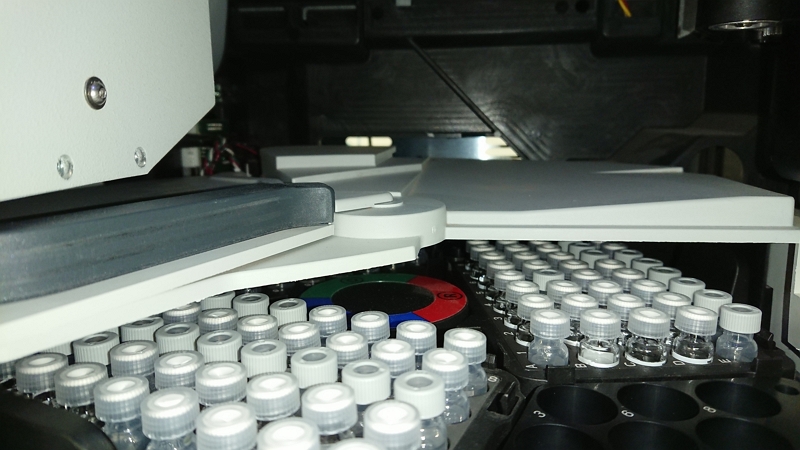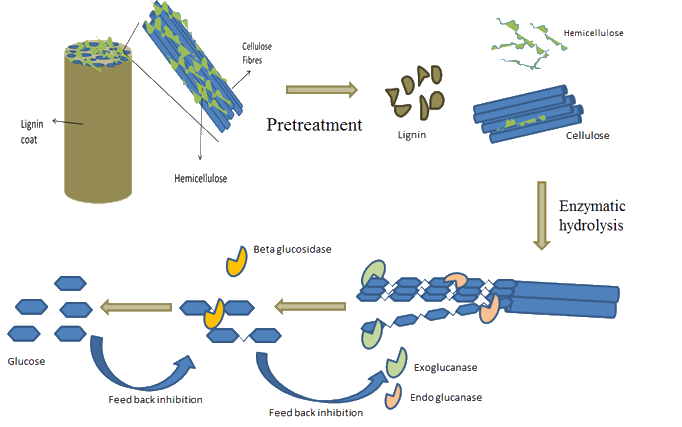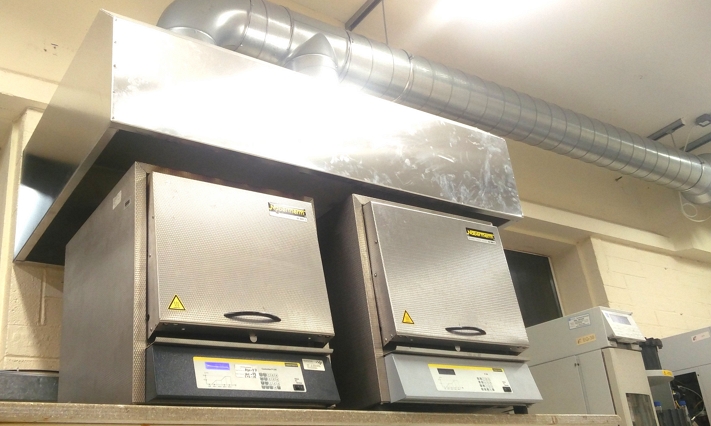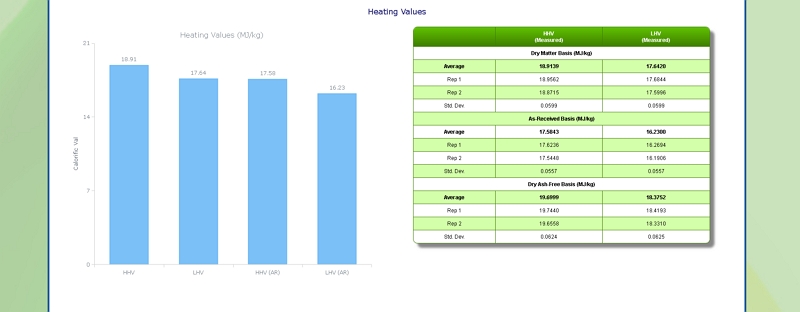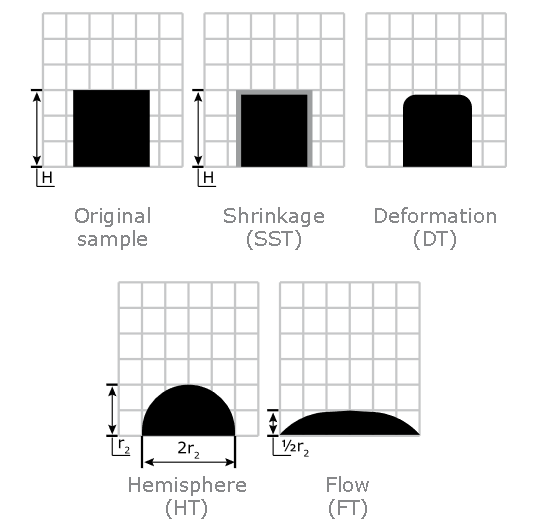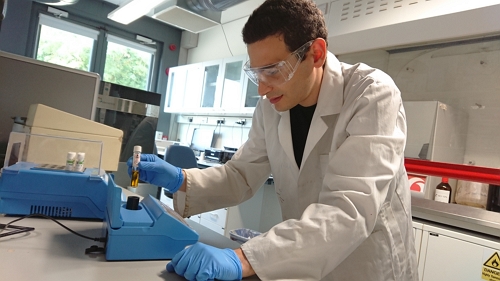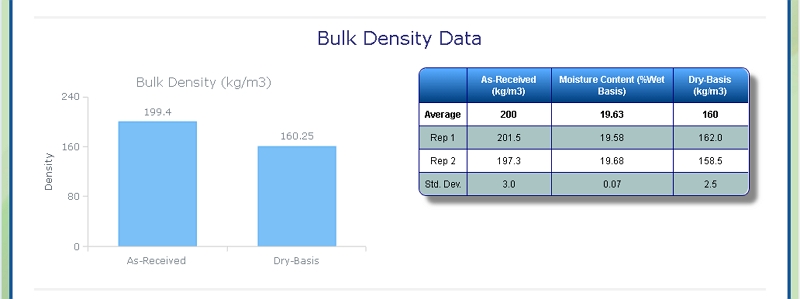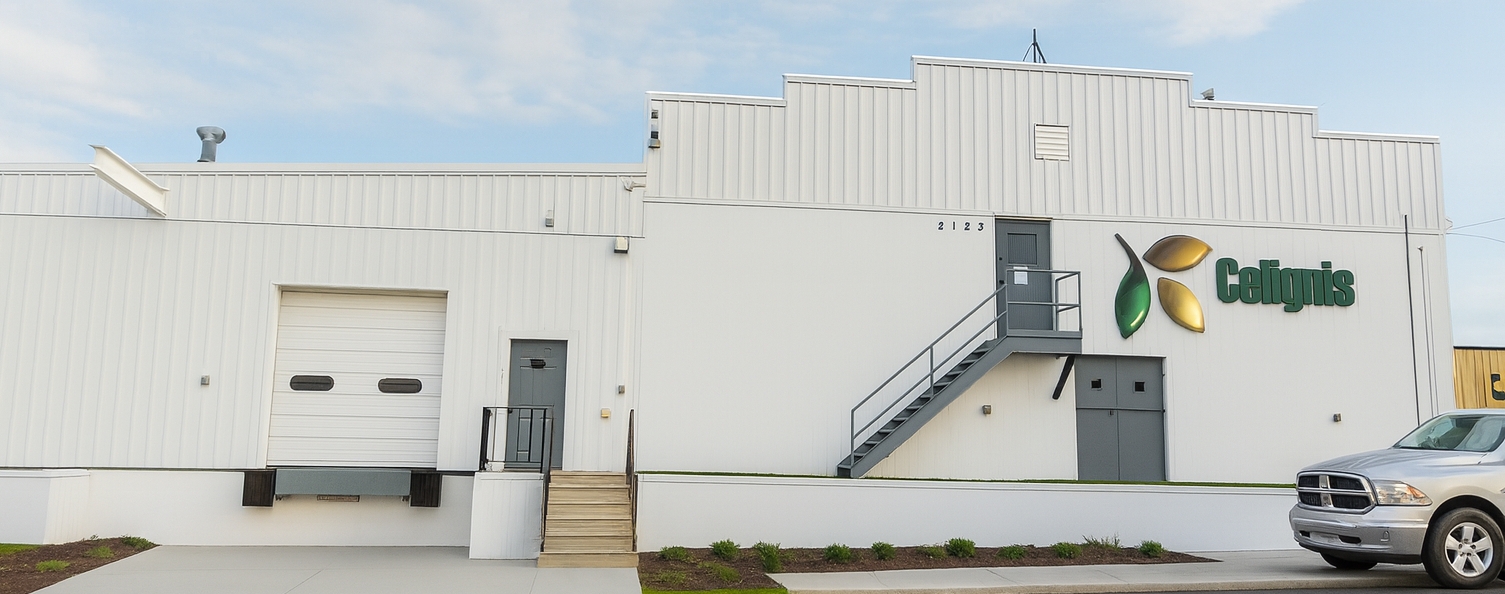Analysis of Peat
Background on Peat
Peat is often used for heat/power generation in rural communities.
Analysis of Peat at Celignis
Celignis Analytical can determine the following properties of Peat samples:
Lignocellulosic Properties of Peat
Cellulose Content of Peat
The composition of peat will vary according to: the type of vegetative matter from which it was formed; the relationship between the water of the peat bog and the ground water system; and the relative degradation of the different chemical groups of the vegetative species. For instance, plant waxes are relatively resistant to degradation while water soluble sugars and starches are highly susceptive.
Hemicellulose, cellulose, and lignin can be resistant to degradation and are found in peats, but to varying degrees. The proportion of cellulose present in peat will typically decrease with increased levels of humification (i.e. increased depth in a peat bog).
Click here to see the Celignis Analysis Packages that determine Cellulose Content
Request a QuoteCellulose Content
Hemicellulose Content of Peat
As well as plant-derived carbohydrates, peats can also contain carbohydrates that are released upon the death of microbes. This can result in the presence of deoxy-sugars such as rhamnose and fucose in the peat samples, sugars that are typically absent (or only present in minute quantities) in the vegetative matter.
Click here to see the Celignis Analysis Packages that determine Hemicellulose Content
Request a QuoteHemicellulose Content
Lignin Content of Peat
Click here to see the Celignis Analysis Packages that determine Lignin Content
Request a QuoteLignin Content
Starch Content of Peat
Click here to see the Celignis Analysis Packages that determine Starch Content
Request a QuoteStarch Content
Uronic Acid Content of Peat
Click here to see the Celignis Analysis Packages that determine Uronic Acid Content
Request a QuoteUronic Acid Content
Enzymatic Hydrolysis of Peat
Click here to see the Celignis Analysis Packages that determine Enzymatic Hydrolysis
Request a QuoteEnzymatic Hydrolysis
Bioenergy Properties of Peat
Ash Content of Peat
Click here to see the Celignis Analysis Packages that determine Ash Content
Request a QuoteAsh Content
Heating (Calorific) Value of Peat
Click here to see the Celignis Analysis Packages that determine Heating (Calorific) Value
Request a QuoteHeating (Calorific) Value
Ash Melting Behaviour of Peat
Ash Shrinkage Starting Temperature (SST) - This occurs when the area of the test piece of Peat ash falls below 95% of the original test piece area.
Ash Deformation Temperature (DT) - The temperature at which the first signs of rounding of the edges of the test piece occurs due to melting.
Ash Hemisphere Temperature (HT) - When the test piece of Peat ash forms a hemisphere (i.e. the height becomes equal to half the base diameter).
Ash Flow Temperature (FT) - The temperature at which the Peat ash is spread out over the supporting tile in a layer, the height of which is half of the test piece at the hemisphere temperature.
Click here to see the Celignis Analysis Packages that determine Ash Melting Behaviour
Request a QuoteAsh Melting Behaviour
Major and Minor Elements in Peat
We can also determine the levels of 13 different minor elements (such as arsenic, copper, and zinc) that may be present in Peat.
Click here to see the Celignis Analysis Packages that determine Major and Minor Elements
Request a QuoteMajor and Minor Elements
Analysis of Peat for Anaerobic Digestion
Biomethane potential (BMP) of Peat
Click here to see the Celignis Analysis Packages that determine BMP
Request a QuoteBMP
Physical Properties of Peat
Bulk Density of Peat
At Celignis we can determine the bulk density of biomass samples, including Peat, according to ISO standard 17828 (2015). This method requires the biomass to be in an appropriate form (chips or powder) for density determination.
Click here to see the Celignis Analysis Packages that determine Bulk Density
Request a QuoteBulk Density
Particle Size of Peat
Click here to see the Celignis Analysis Packages that determine Particle Size
Request a QuoteParticle Size
Analytical data and quantitative near infrared (NIR) spectroscopy models for various lignocellulosic components (including Klason lignin and the constituent sugars glucose, xylose, mannose, arabinose, galactose, and rhamnose), moisture, and ash were obtained for 53 peat samples. These included samples with high, medium, and low degrees of humification. Klason lignin was the main constituent and was greatest in the samples classified as being highly humified, with structural sugars the lowest in this class. The total sugars contents of all samples were considered to be insufficient to allow for their use in biorefining hydrolysis processes for the production of chemicals and biofuels. NIR models were developed for spectral datasets obtained from the samples in their unprocessed (wet), dry and unground, and dry and ground states. Typically the most accurate models were based on the spectra of dry and ground samples. However the NIR models for the wet samples still offered reasonable predictive capabilities. All models were suitable at least for sample screening, with the models for total sugars, glucose, xylose, galactose, and moisture suitable for quantitative analyses. | |
The processing of lignocellulosic materials in modern biorefineries will allow for the
production of transport fuels and platform chemicals that could replace petroleum-derived
products. However, there is a critical lack of relevant detailed compositional information
regarding feedstocks relevant to Ireland and Irish conditions. This research has involved the
collection, preparation, and the analysis, with a high level of precision and accuracy, of a
large number of biomass samples from the waste and agricultural sectors. Not all of the
waste materials analysed are considered suitable for biorefining; for example the total sugar
contents of spent mushroom composts are too low. However, the waste paper/cardboard
that is currently exported from Ireland has a chemical composition that could result in high
biorefinery yields and so could make a significant contribution to Ireland’s biofuel demands. | ||

